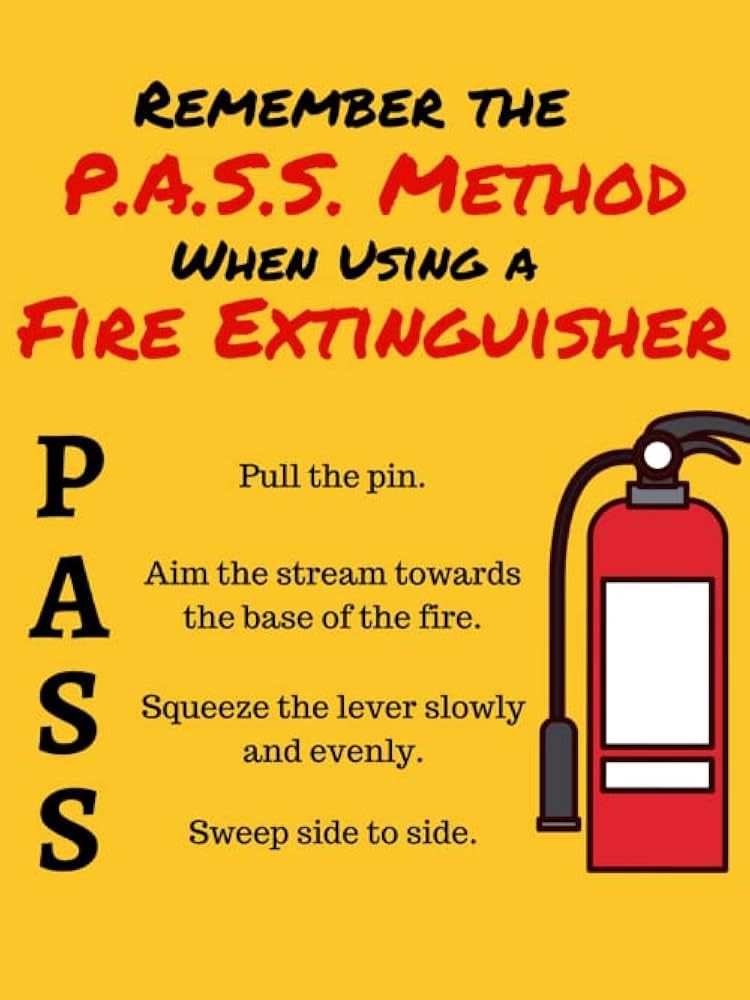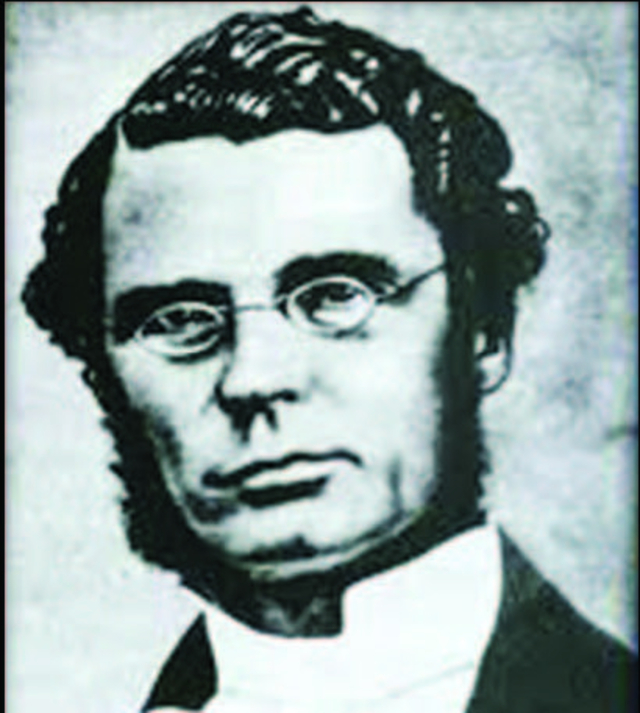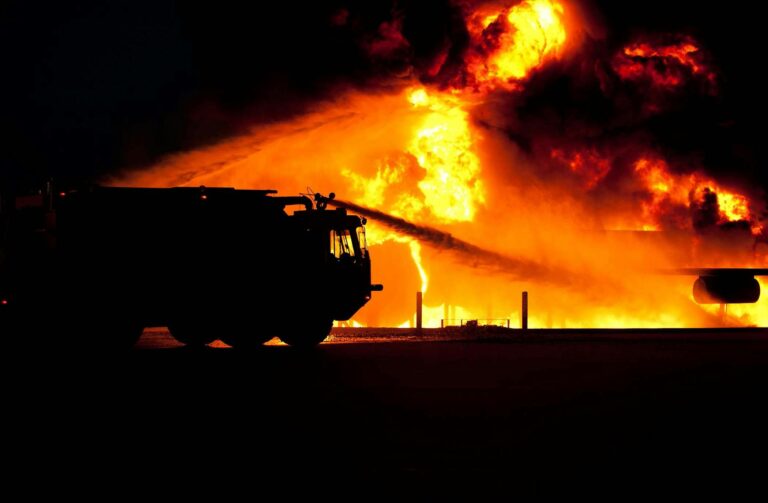
PASS technique
Fire extinguishers are more than just red cans mounted on walls—they are lifesaving tools. Knowing how to properly handle one can make the difference between a minor incident and a major disaster. At Natfire Company Ltd, Nairobi’s fire safety experts, we aim to empower individuals and businesses across Kenya with the knowledge needed to handle emergencies.
Understanding the Components of a Fire Extinguisher
How Fire Extinguishers Work
Courtesy: BrainStuff
Components of a fire extinguisher
A fire extinguisher might seem simple, but it comprises essential components working together for rapid action:
- Cylinder: The main body holding the extinguishing agent and pressurized gas.
- Hose and Nozzle: Directs the agent to the fire.
- Safety Pin: Prevents accidental discharge; this is removed when ready to use.
- Pressure Gauge: Indicates if the extinguisher is ready for use.
- Handle: Used to carry the extinguisher and operate the discharge mechanism.

How to Use a Fire Extinguisher: The PASS Method
When facing a fire, remember the PASS acronym to safely and effectively operate a fire extinguisher:
- Pull the pin to break the tamper seal.
- Aim low, directing the nozzle at the base of the flames.
- Squeeze the handle to release the extinguishing agent.
- Sweep the nozzle side to side, covering the base of the fire until it’s extinguished
Types of Fire Extinguishers and Their Use
Different fires require different extinguishing agents. Using the wrong one can worsen the situation. Here’s a guide to match the extinguisher to the fire:
- Water Extinguishers: Effective for Class A fires (ordinary combustibles like wood and paper). Avoid using on electrical or flammable liquid fires.
- CO₂ Extinguishers: Ideal for electrical fires and Class B fires (flammable liquids). Leaves no residue but is ineffective on Class A fires.
- Dry Chemical Extinguishers: Versatile and effective on Class A, B, and C fires (electrical). Common in homes and offices.
- Foam Extinguishers: Effective for flammable liquid fires (Class B) and can smother Class A fires.
- Wet Chemical Extinguishers: Designed for Class F fires involving cooking oils and fats.
At Natfire Company Ltd, we not only supply a wide range of fire extinguishers but also provide training to ensure our clients in Nairobi and beyond are confident in their usage.
Key Tips for Safe Extinguisher Handling
- Inspect extinguishers regularly for damage or low pressure.
- Ensure accessibility by placing extinguishers in visible, easy-to-reach areas.
- Familiarize all staff and household members with proper usage.
DID YOU KNOW
Did you know the first modern fire extinguisher was invented in 1818? Captain George William Manby created it with potassium carbonate to combat fires efficiently—a legacy that has saved countless lives since.

Trust Natfire Company Ltd
Fire safety starts with preparation. At Natfire, we provide not only top-quality fire extinguishers but also training and guidance to make every home and business in Kenya safer. Whether you’re in Nairobi or other parts of Kenya, let us be your partner in fire prevention and preparedness.
For expert advice or to book a training session, contact Natfire Company Ltd today.
Natfire Company – For all your fire safety and related needs

